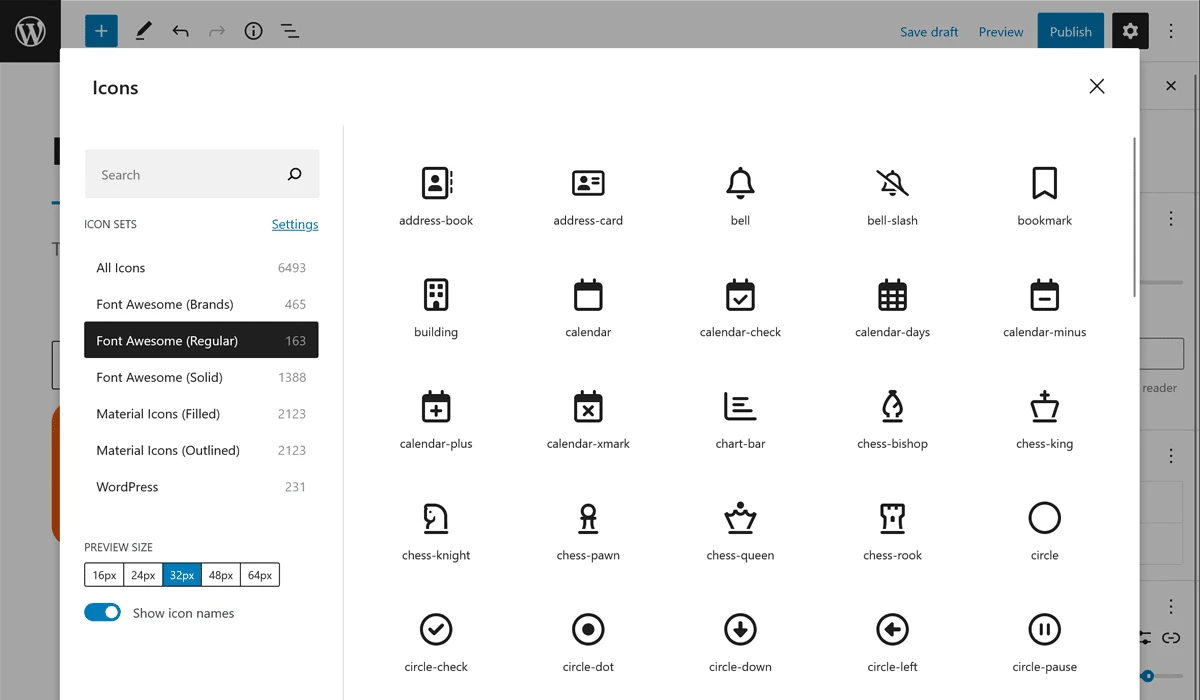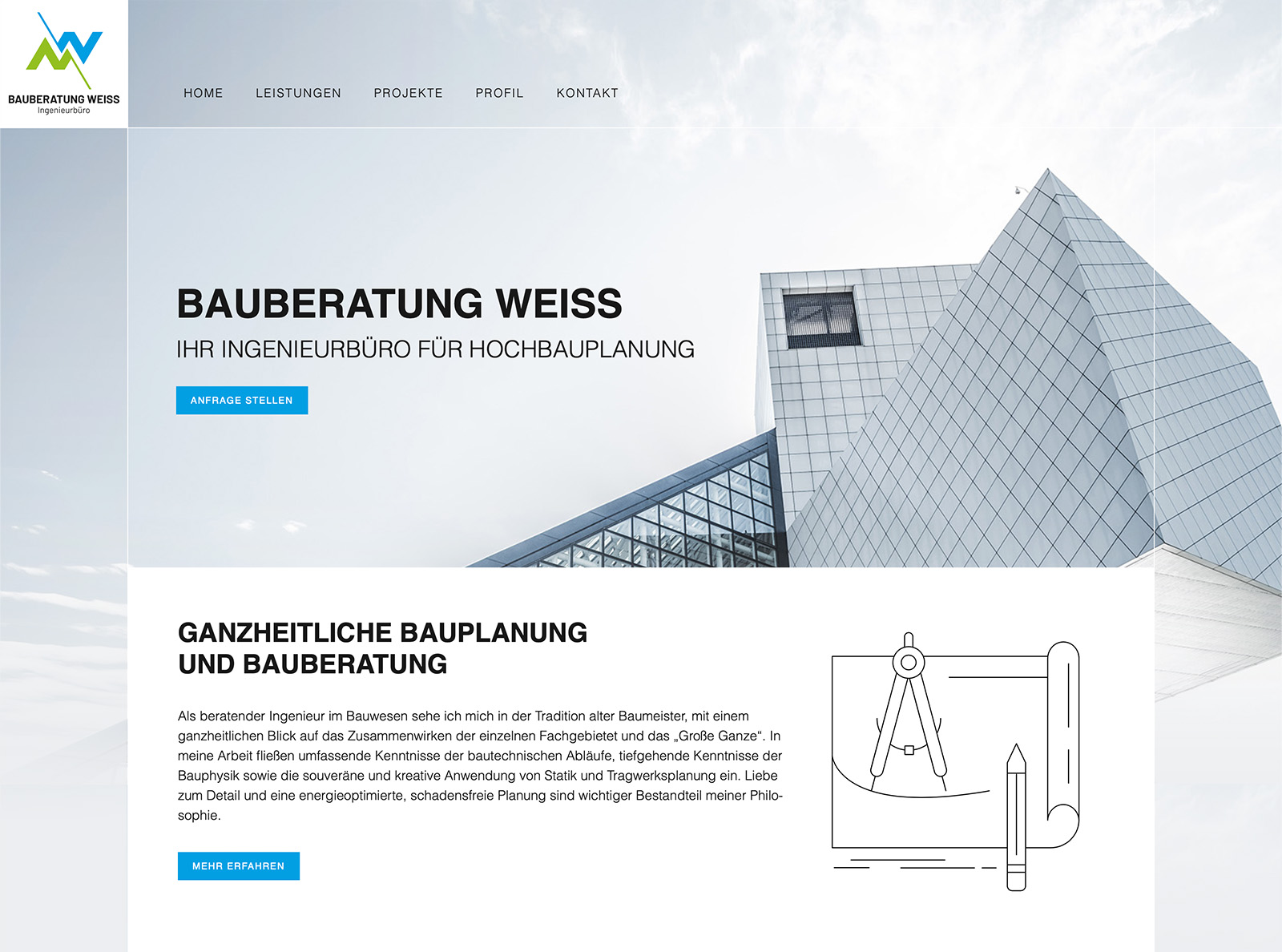Your own website: This is what you need
Do you want to present yourself or your business in the digital space? The path to your own website isn’t difficult if you follow the basics.
If you’re a startup, consultant, company, or freelancer looking to launch your first web design, there are a few things to consider. This article will tell you everything you need to consider when creating your new website and designing your web design.
I’d be happy to support you in planning and building your own professional website. This will avoid potential pitfalls and ensure a quick, smooth launch!
Requirements for your own website
Before you can launch your new website, you’ll first need a few technical requirements. You’ll need a domain, web space, and—ideally—a content management system to host and maintain your website’s content.
Domain – the address of your website
The first thing you need for your new website is an address – the URL where your website will later be accessible, e.g., “www.my-little-bakery.com.” The address should be short and memorable. After all, you want potential customers who read the address to remember it later. Choose an address that has something to do with your product, service, or company name.
There’s nothing wrong with using your company name exclusively as your domain (e.g., “www.marypoppins.com“). However, if you want to use your website to attract new customers to your business, you would have to rely on them already knowing your name. You can therefore combine your domain with your product or service (e.g., “www.marypoppins-nursery.com“). With such a domain, you have a better chance of being found later, even if customers search exclusively for “nursery.”
If your offer is primarily aimed at local customers, you can also include the name of your city in your domain name (e.g. “www.marypoppins-vancouver.com“).
Check online to see if the domain you’ve chosen is still available. Simply enter the domain into your browser’s address bar and see if there’s already a website at that address. If so, you can either change the domain extension (e.g., “.org” or “.biz” instead of “.com“) or vary the name (e.g., “www.nursery-marypoppins.com” instead of “www.marypoppins-nursery.com“).
Once you have found a free domain that you like, that is short and fits your business, you can move on to the next step – choosing a host.
Hoster – the home of your new website
For your new website to become visible online, it must be installed on a web server. Of course, you won’t have one at home or in your office (at least in most cases). Instead, you can rent a web server or web space from a so-called “hosting company.” There are several hosts to choose from. When making your choice, consider the following:
- A favorable price-performance ratio
- Short contract term
- Location in Germany (important for data protection)
- Fast, powerful servers
- Adequate service packages
Feel free to compare offers from different hosts before making a decision. While you can switch hosts later with your new website, this is usually very time-consuming. It’s better to choose a host you’re confident with right from the start.
I personally recommend Hetzner – a reliable, powerful, and affordable provider from Germany. While there are more well-known providers like 1&1, IONOS, DomainFactory, HostEurope, or Strato, from my own experience, I wouldn’t recommend any of them. Some operate rather slow servers, which later negatively impact your website’s loading time; with others, managing your web space is complicated and time-consuming. Still others charge extra for services that are included in the base price with other providers.
Once you’ve chosen a hosting provider, you can register your domain and book web space with them. You’ll need both for your new website – the domain so your website can be accessed, and the web space, where your website’s data is stored.
You should pay attention to the following:
- The domain should be included in the package price.
- You need sufficient web space – especially if you plan to expand your website with extensive content later.
- If you want to run your website with a content management system (e.g., WordPress), you will need at least one database.
By the way: If you have your new website created by Sebastian Klammer Graphic Design Berlin, I’ll be happy to advise you on choosing your hosting provider – or set up the right hosting package for your new website.
Content Management System
Most websites you find online today use WordPress as their content management system. This content management system (or CMS) ensures that you can maintain your website’s content independently, even without programming knowledge or design experience. Besides WordPress, there are other content management systems such as Drupal, Contao, Webflow, or Typo3. Which one is right for you depends largely on how extensive your new website should be and what technical features you require. For small to medium-sized websites, WordPress is usually the best choice. The system can be set up with relatively little effort, content maintenance is very simple, and WordPress can be expanded with numerous functions at any time.
Learn more about web development here.
Web design – the look and feel of your new website
Web design is all about creating a website. It should not only look good and be technically up-to-date, but its design should also be a perfect fit for your company and your offerings. Web design therefore plays a key role in addressing the right target audience and reaching the right customers for your business.
Your web design should be high-quality and appealing. It should be aligned with your corporate design and branding and clearly structured to make a good impression on your visitors. It’s important that your web design is unique and stands out from your competition. If your budget allows, a custom web design is the first choice. This ensures that your website appeals to your target audience and achieves your desired goals.
When creating a custom web design, we work together – after a comprehensive initial consultation – through various phases to build your new website step by step:
- Briefing: During the web design briefing, we create a well-thought-out concept for your new website. We define the target audience your web design should appeal to, which content and features are appropriate, and whether you want to offer your website only in German or also in other languages. If you or your company already have a branding or corporate design, we will determine which elements from this should be incorporated into your web design. If you haven’t yet defined a branding, you can also commission me to create one.
- Design Phase: During the design phase, I create various drafts for your website based on the previously developed website concept. One of these drafts will be refined based on your feedback until it fully meets your expectations and goals. Two rounds of revisions are included in the quote.
- Content: Once the web design for your new website has been defined, the content is incorporated. You can either provide this ready-made or we can develop it together.
Let’s plan your new website
Are you planning a new website? Or do you want to relaunch your existing one? Get free, no-obligation advice on all your web design and development needs.



